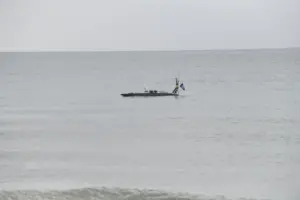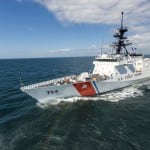
The Navy is seeking participants for an upcoming 2024 event, called Silent Swarm, that will experiment with using swarming small unmanned systems of all types (UxS) to disrupt an opponent’s use of the electromagnetic spectrum used on small unmanned systems of all types (UxS). Naval Surface Warfare Center Crane Division (NSWC Crane) is the lead entity on this two week-long series of test events scheduled for the summer of 2024. The notice said Silent Swarm will be “a series of…

 By
By 











